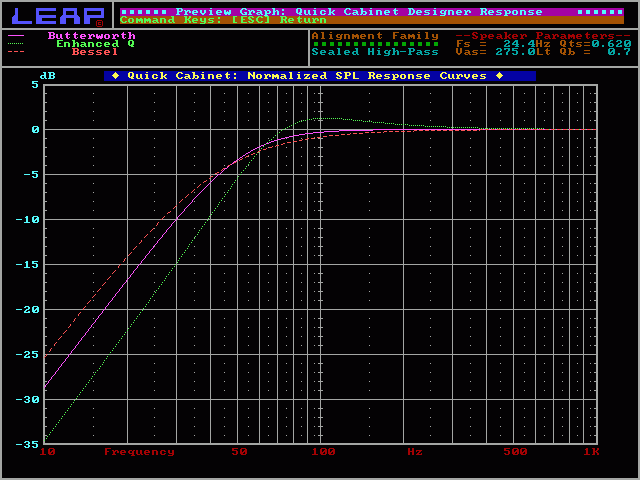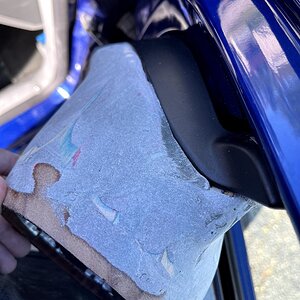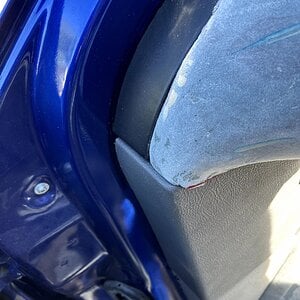Patthehat033 10+ year member
Senior VIP Member
Hey,
I have a RF T5002 and it has a 12db-24db slope on it. I have read some websites and I am still kind of confused how this works.
It says it increases/decreases 12db or 24db (depending on which one I have it set on) per octave. But what frequency is it basing that off of?
I have a RF T5002 and it has a 12db-24db slope on it. I have read some websites and I am still kind of confused how this works.
It says it increases/decreases 12db or 24db (depending on which one I have it set on) per octave. But what frequency is it basing that off of?



